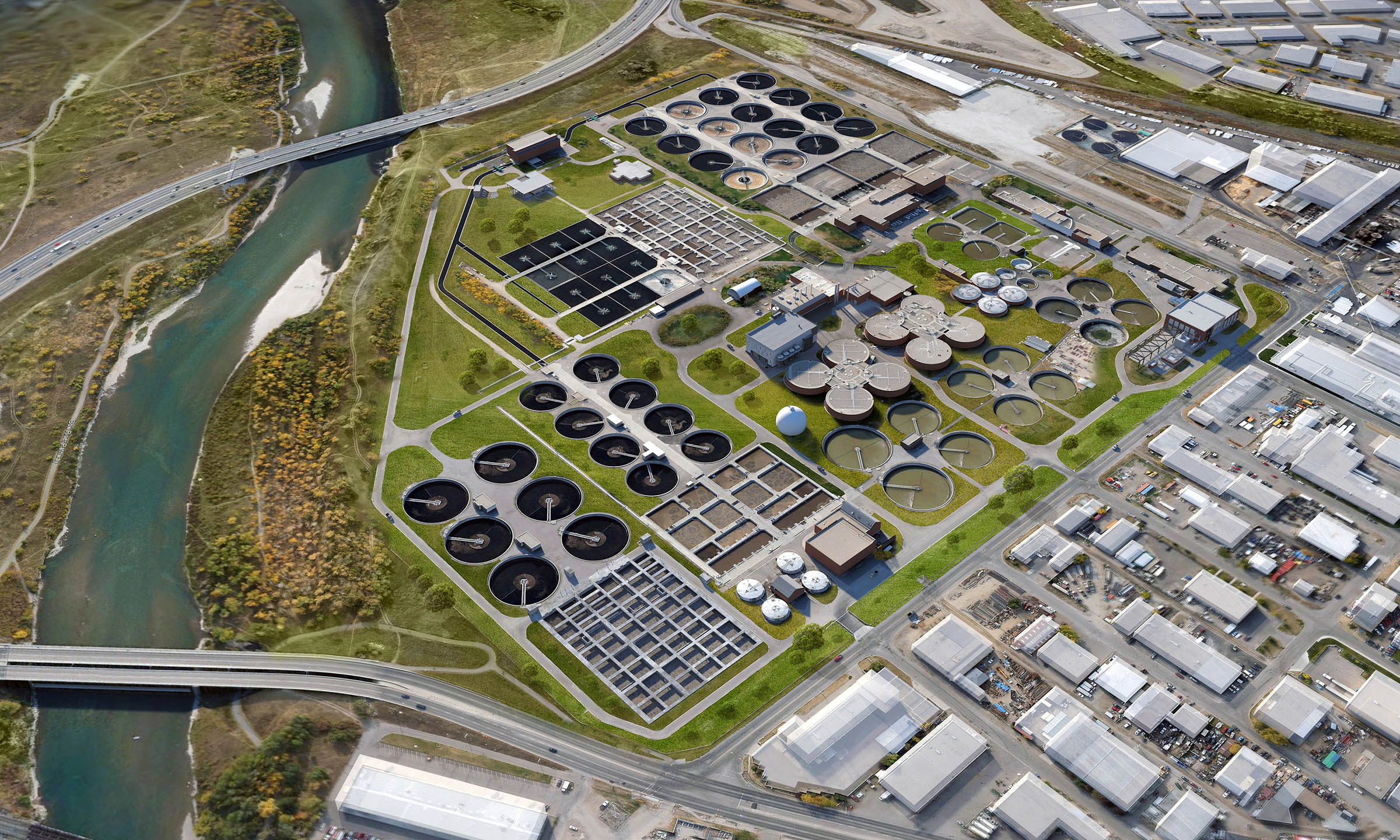Comprehensive Overview to Industrial Waste Water Treatment Procedures
Wiki Article
Strategic Approaches to Boost Drainage Treatment Performance and Decrease Environmental Impact
In the world of waste water therapy, the pursuit for boosted efficiency and reduced environmental impact is a continuous obstacle that demands tactical options. The assimilation of sophisticated therapy technologies, energy-efficient procedures, resource healing techniques, improved nutrient removal methods, and wise surveillance and control systems represents a complex framework for attending to these pressing worries.Advanced Therapy Technologies
Cutting-edge membrane layer filtering systems have transformed innovative wastewater therapy procedures, dramatically boosting the elimination of impurities. These cutting-edge systems operate forcibly water via a semi-permeable membrane layer, effectively dividing pollutants from the water stream. The membrane layer's microscopic pores catch pollutants such as germs, infections, and put on hold solids, enabling just cleansed water to pass through. This technology has actually verified to be very efficient in removing a large range of pollutants, consisting of drugs, heavy metals, and organic compounds, which are typically testing to get rid of via typical treatment techniques.Additionally, membrane layer filtering systems supply many benefits over conventional therapy approaches. They call for less room, create higher-quality effluent, and are more resistant to fluctuations in influent water high quality. Additionally, these systems are very functional and can be quickly incorporated into existing treatment plants or used as standalone devices for decentralized applications. As the need for tidy water continues to increase, the adoption of innovative membrane filtering modern technologies is vital to guarantee lasting and efficient wastewater therapy techniques.
Energy-Efficient Processes
The assimilation of energy-efficient procedures in wastewater therapy systems is crucial for enhancing resource use and reducing functional expenses. By implementing energy-efficient innovations, treatment plants can dramatically decrease their carbon footprint and general environmental effect. One vital approach to improving energy performance in wastewater treatment is the utilization of advanced aeration systems, such as great bubble diffusers or surface area aerators, which can improve oxygen transfer performance and minimize energy usage. Furthermore, incorporating energy recovery systems, like anaerobic digestion for biogas manufacturing or using excess heat for thermal processes, can assist balance out energy needs and advertise sustainability.Additionally, enhancing procedure control and automation with making use of innovative sensing units and monitoring systems can improve total energy performance by readjusting operations in real-time based upon real need and problems. Implementing power audits and routinely monitoring energy efficiency indications are vital practices to identify areas for enhancement and track energy-saving campaigns properly. In general, the adoption of energy-efficient processes in wastewater therapy not only profits the setting yet also adds to long-term price savings and operational sustainability.
Resource Recovery Methods
With a focus on enhancing source usage and sustainability in wastewater treatment systems, the implementation of resource recovery strategies emerges as a crucial facet in boosting functional effectiveness. Source recuperation techniques in wastewater treatment include the recognition and removal of important resources from the waste stream, consequently turning what was as soon as thought about waste right into a useful possession. By carrying out source recovery strategies such as nutrient elimination and recuperation, energy generation from raw material, and the production of reusable water, wastewater treatment plants can decrease ecological effect while making best use of performance.
Boosted Nutrient Elimination Strategies
Carrying out advanced nutrient removal strategies is important for enhancing the performance of wastewater treatment systems. One of the key strategies used for improved nutrient elimination is the procedure of organic nutrient removal (BNR), which includes the removal of nitrogen and phosphorus with organic procedures.
Along with BNR, progressed therapy approaches such as membrane bioreactors (MBRs) and constructed wetlands can likewise be employed to boost nutrient elimination performance. MBRs use membrane layers to attain premium effluent requirements by efficiently eliminating nutrients and put on hold solids. Constructed marshes imitate all-natural wetland procedures to remove nutrients via plant uptake, microbial activity, and sedimentation. By including these innovative nutrient removal techniques into wastewater therapy markets, municipalities and systems can efficiently lower nutrient pollution and protect the environment.
Smart Surveillance and Control Equipment
Making use of innovative innovation, the assimilation of clever monitoring and control systems reinvents the operational efficiency of wastewater therapy centers. These systems integrate innovative sensors and data analytics to constantly monitor vital parameters such as pH levels, turbidity, liquified oxygen, and circulation prices in real-time. By accumulating and analyzing this data, operators can acquire useful understandings into the performance of the therapy processes, allowing positive changes to enhance treatment efficiency.Smart tracking and control systems also sustain remote surveillance capacities, allowing operators to accessibility real-time information and control features from off-site areas. This remote availability boosts operational flexibility and responsiveness, making it possible for quick treatments in case of system malfunctions or variations in influent top quality. The predictive maintenance abilities of these systems aid stop tools failings and minimize downtime, inevitably boosting the overall integrity of wastewater therapy operations.
Final Thought
Finally, critical approaches such as sophisticated treatment innovations, energy-efficient processes, resource recuperation strategies, enhanced nutrient removal methods, and wise surveillance and control systems play a crucial function in enhancing wastewater treatment effectiveness and minimizing ecological effect. By executing these methods, wastewater treatment plants can improve their overall efficiency, lower energy usage, recover useful resources, and make certain conformity with environmental laws. These strategies are vital for sustainable and efficient wastewater administration methods.
In conclusion, strategic techniques such as innovative treatment modern technologies, energy-efficient procedures, source recovery see this here techniques, boosted nutrient elimination strategies, and clever monitoring and control systems play a critical duty More Info in improving wastewater treatment performance and lessening ecological influence.
Report this wiki page